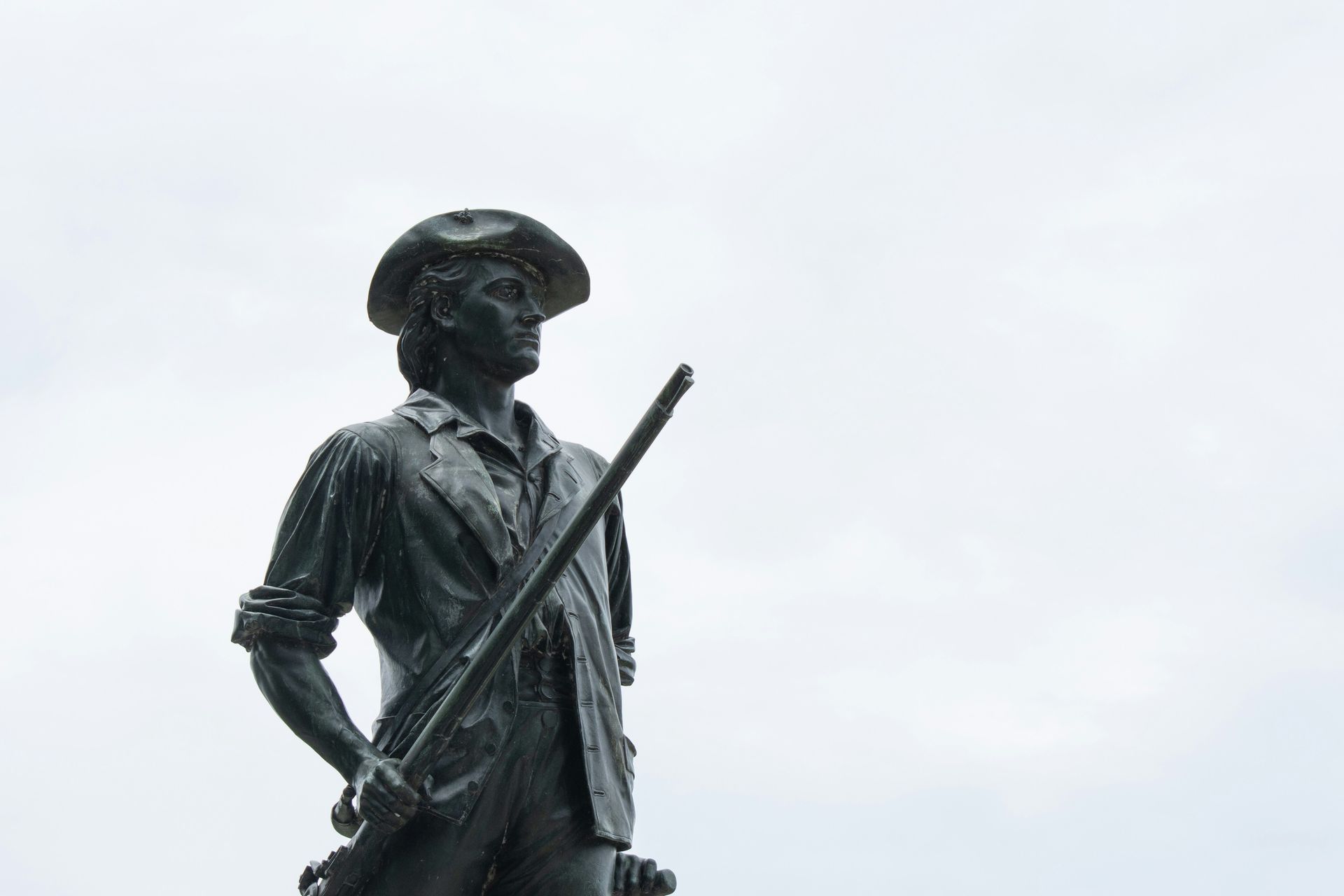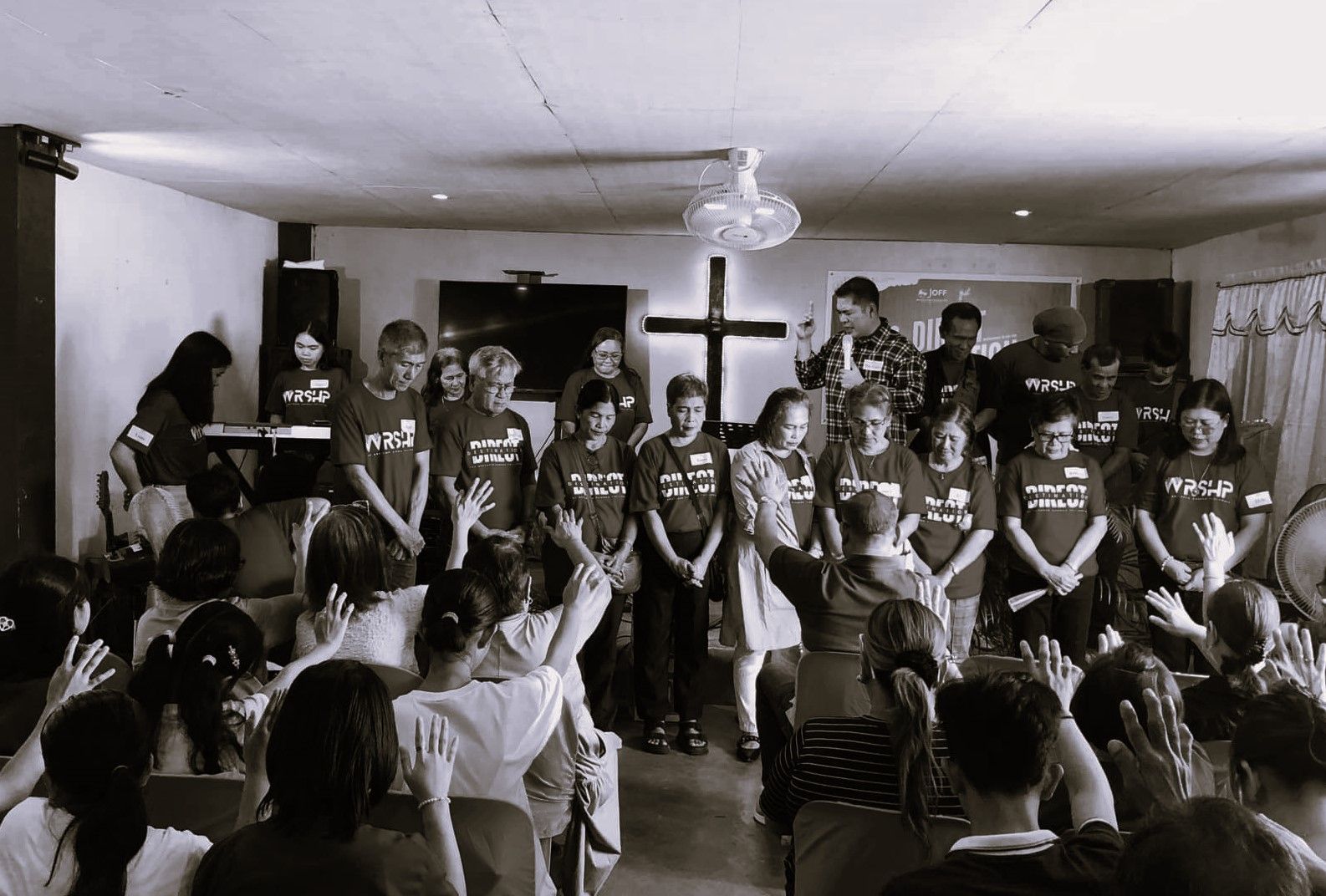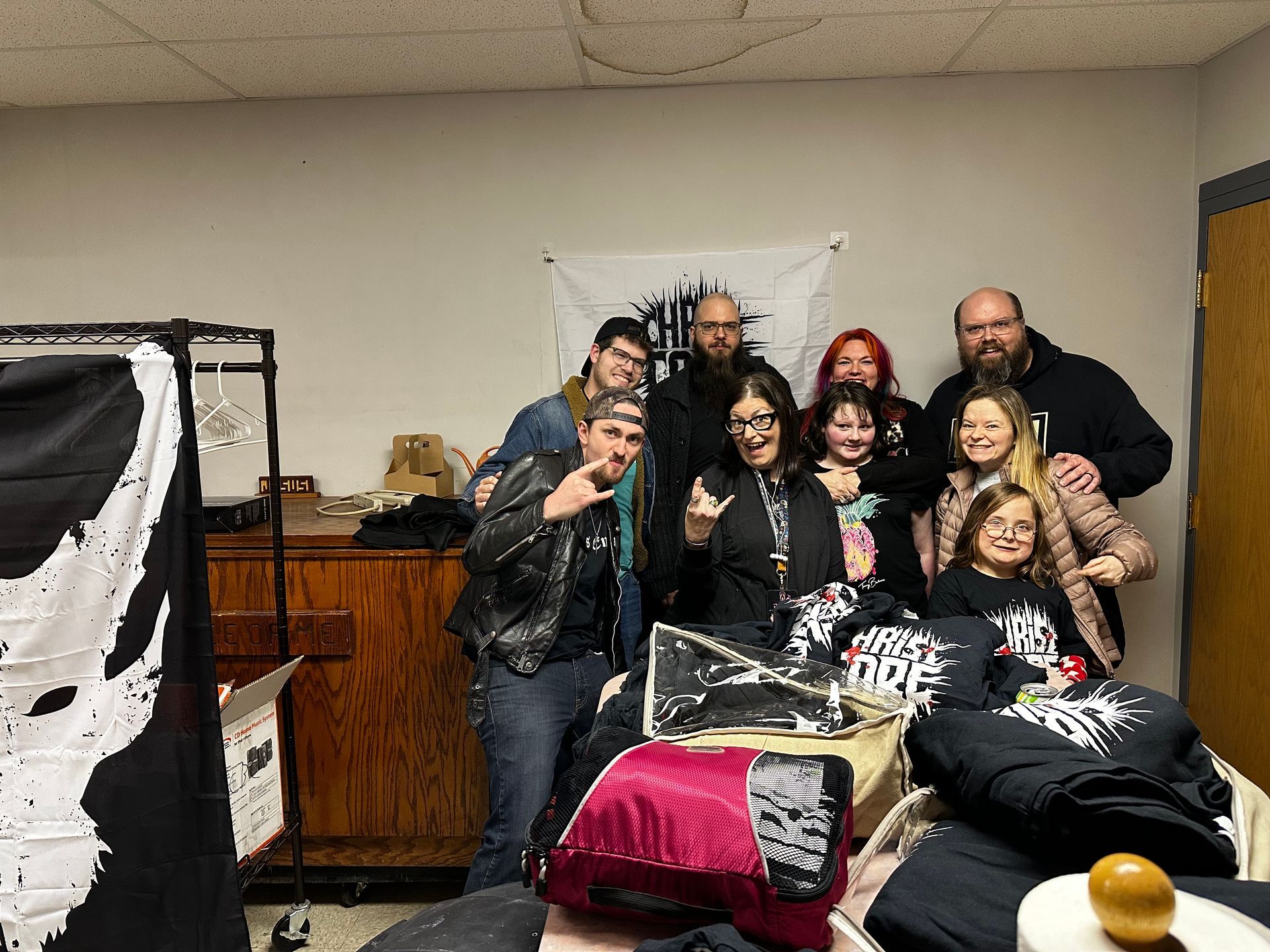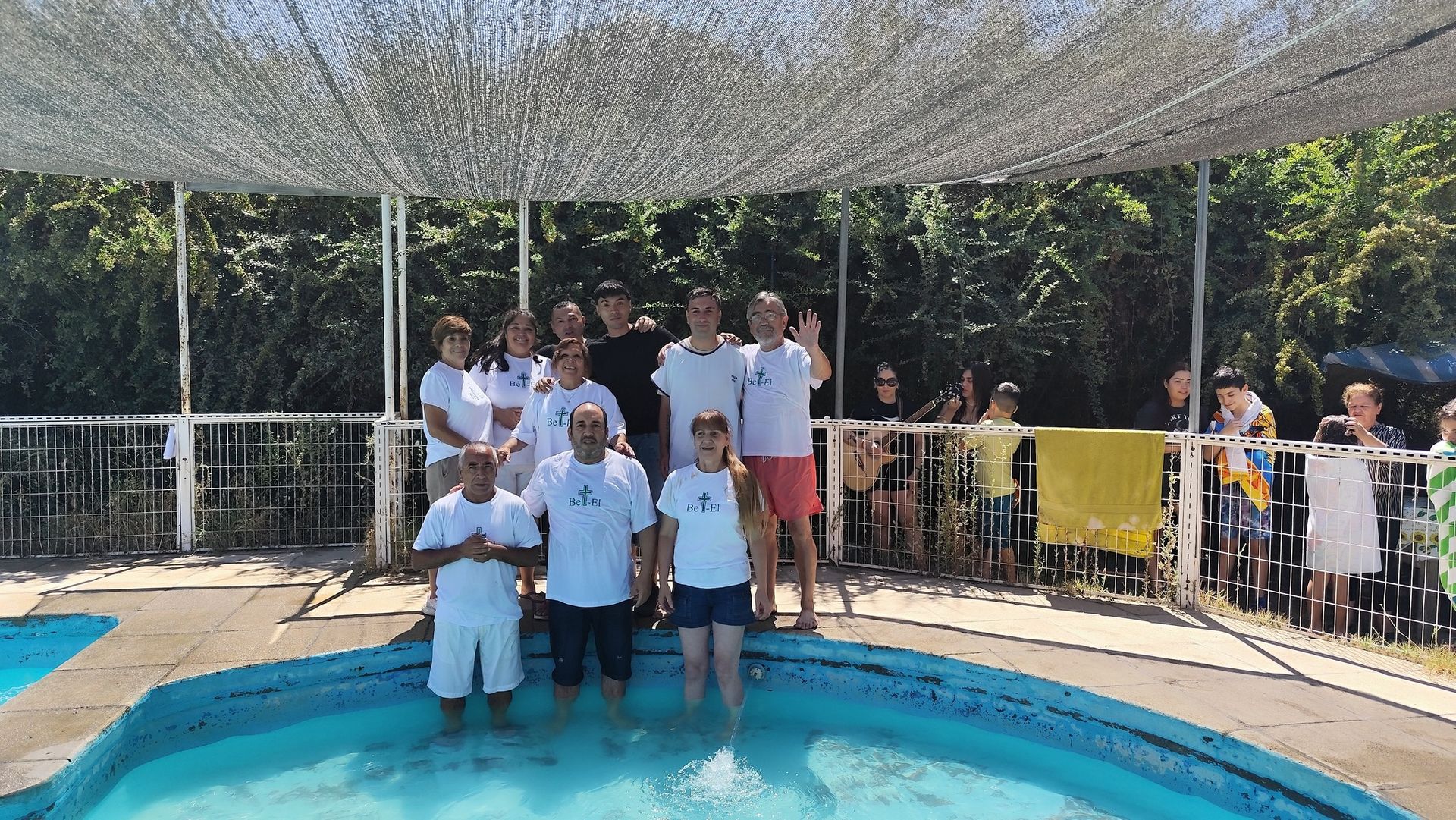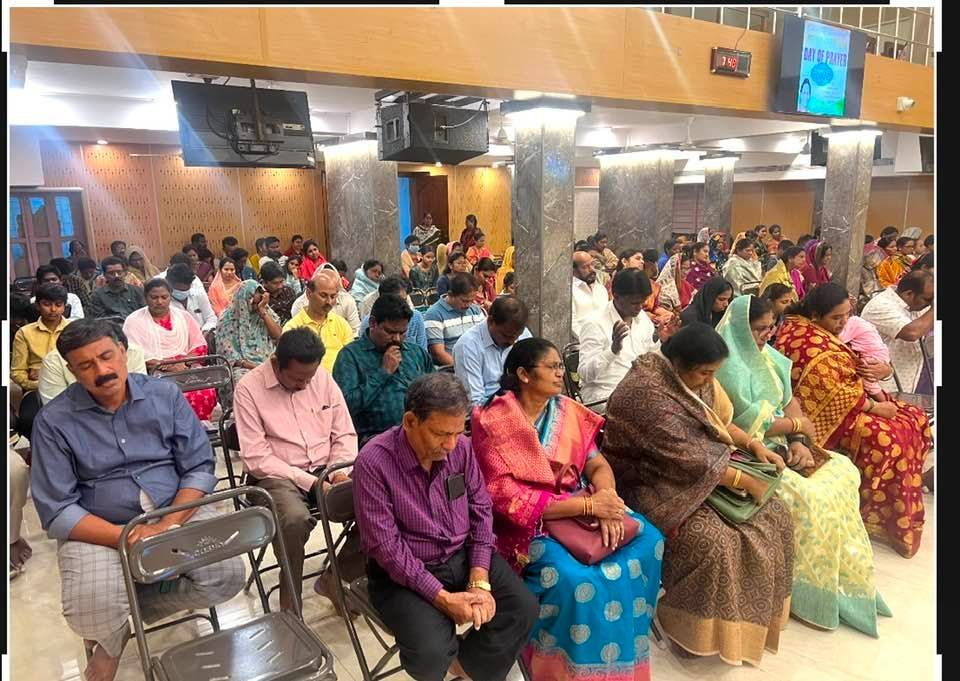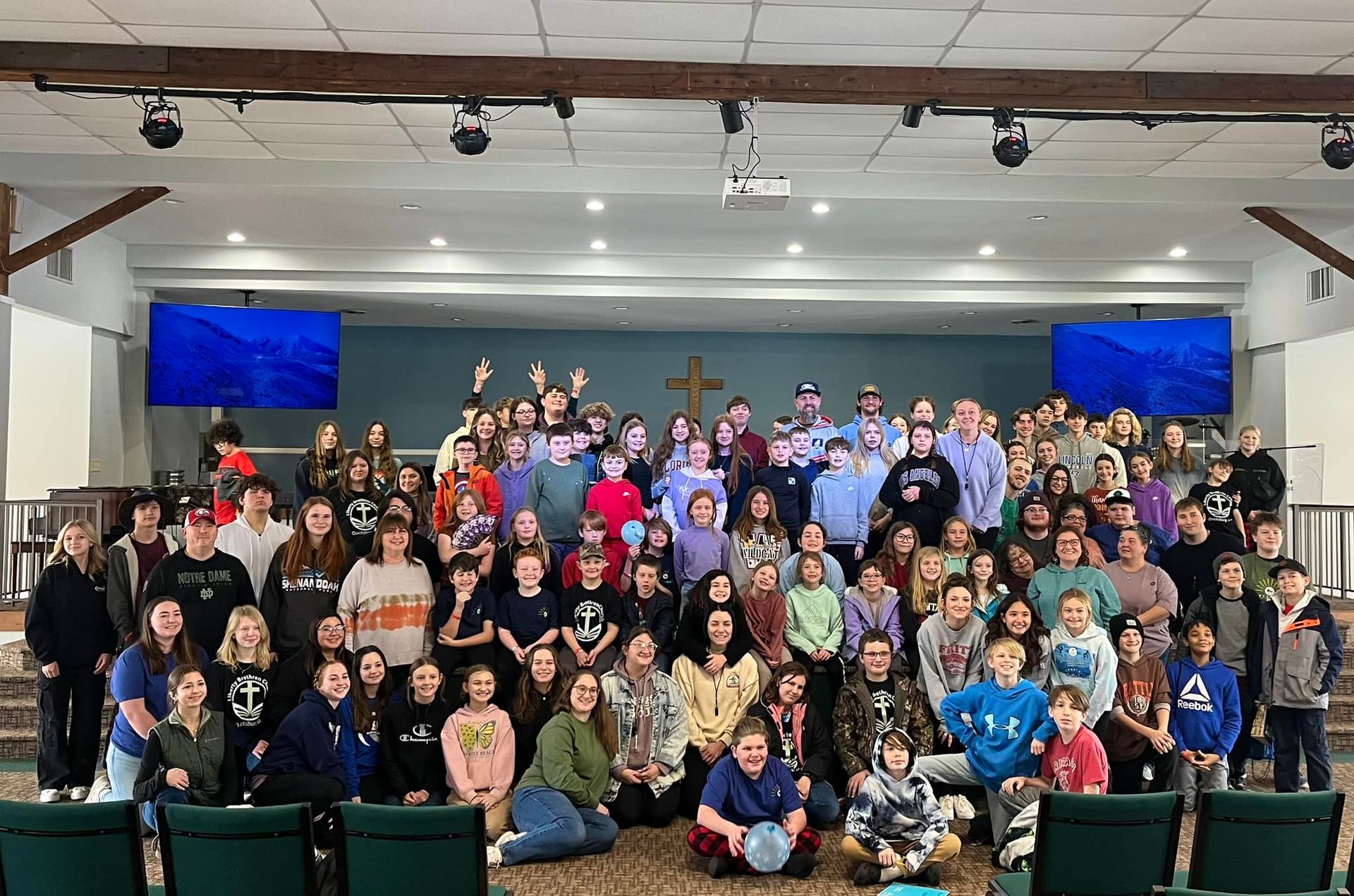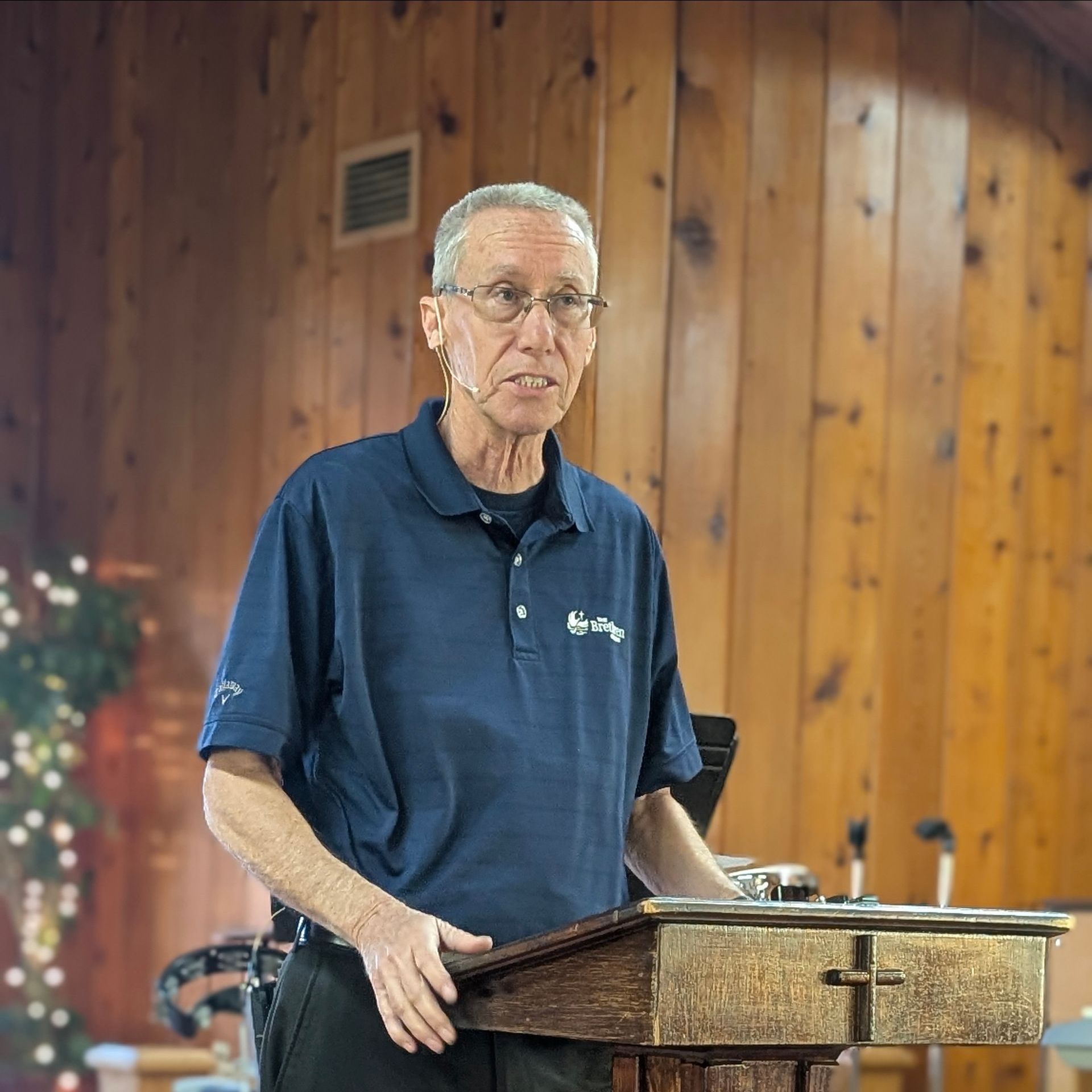Build Your Own Baptistery
Did you know the first Brethren baptism (of six people) in the United States took place in 1723? It occurred in the Wissahickon Creek (near Germantown, Pennsylvania) on Christmas Day. Yes, this meant it was cold. So cold in fact that they had to chop a hole in the ice! Baptism has always been an important event for the Brethren. Historically we have been known as the “Dunkers” because of our emphasis on baptism. However, it’s difficult to dunk anyone if you don’t have a baptistry. Many new congregations that are in rented or minimal facilities find it difficult to perform baptisms. Smoky Row Brethren Church was in this situation when our facility was built; we couldn’t afford the cost of installing a baptistry. Over the years, we have made use of baptistries in other churches, swimming pools, portable hot tubs, etc. There are numerous drawbacks to each of these. For example, we would have to work around the schedule of other congregations, and the portable hot tub wasn’t deep enough to fully immerse the person. Since our building has no permanent space for a baptistry, we needed a solution. We needed a unit that could be taken down and stored when not in use and something that was inexpensive and portable, in case we wanted to have a baptism elsewhere. Because the commercial units are expensive and not very portable, I decided to go the Do-It-Yourself (DIY) route. The solution was to build a frame of PVC pipe and use a vinyl tank liner. After giving consideration to the style and size of PVC pipe, the amount of water that would be needed (even to account for displacement) and how to fill and heat the water, we came up with a great portable baptistry that perfectly met our needs. Assembling the baptistry took about 1½ hours from pulling the pieces out of storage to having it full of water. Most of the work can be done by one person, but fitting the upper ring onto the ribs is much easier with two people. Overcoming the difficulty of stepping in and climbing out of the baptistry, we used an old 16” choir riser on the outside and a 16” plastic step-stool on the inside. To be safe, we put an old towel under the step-stool to ensure that the step-stool feet wouldn’t cut the vinyl liner and to reduce the risk that someone will slip. After the baptism, we simply ran a hose outside and siphoned off most of the water. Knocking down the frame was easily done by tapping the upper ring with a mallet until it came loose. Gone are the days of having to chop a hole through the ice to follow the Lord's example in baptism. Thanks to Henk Colijn, today your church, church plant, or ministry can fashion a functional, comfortable and economic baptistry that will meet your needs.
